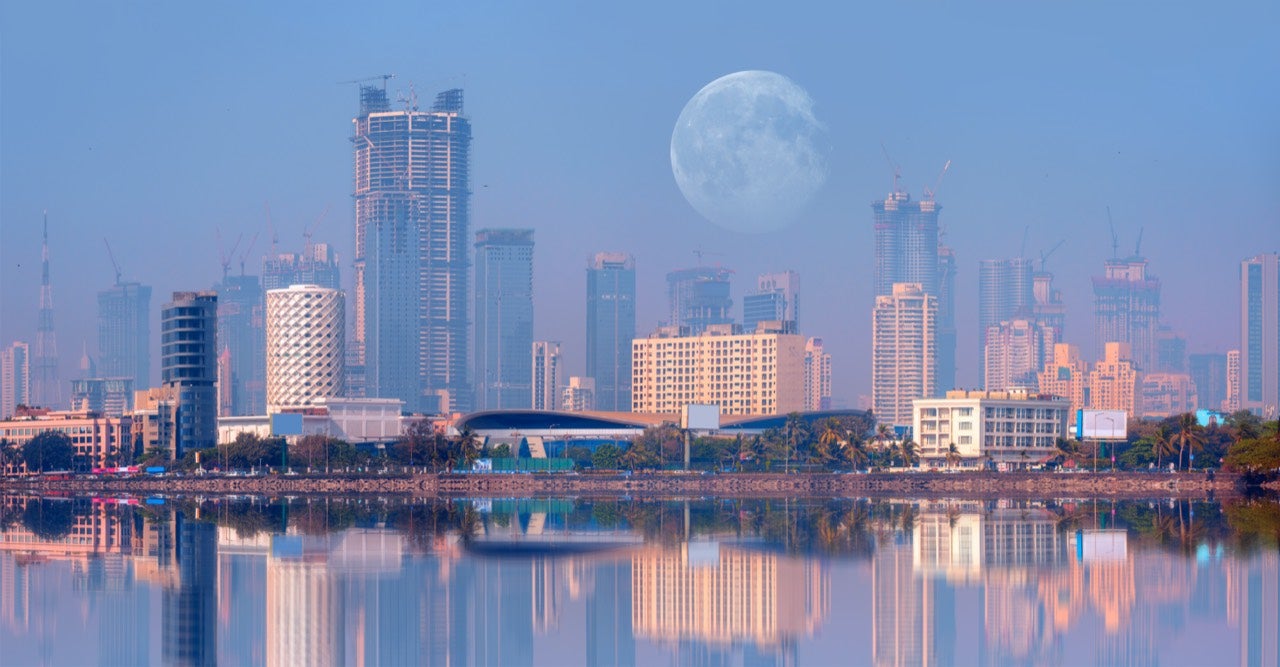
India has enjoyed huge growth in inward foreign direct investment over the past decade, and in spite of the Covid-19 pandemic it looks set to continue this trend in the coming years. Sebastian Shehadi reports.
Over the past five years, India has become one of the world’s most attractive destinations for foreign direct investment (FDI).
FDI into the country has grown almost exponentially since the early 1990s, hitting an all-time high of $51bn in 2019, according to the 2020 World Investment Report from the United Nations Conference on Trade and Development (UNCTAD) .
That figure means India was the ninth-top destination for FDI in 2019, one place ahead of Canada and one behind the UK. It ranks as the fourth leading destination in the Asia-Pacific region, after China, Singapore and Hong Kong. Within South Asia, India is by far the top target for FDI, accounting for about 70% of the region’s intake, according to the report.
India performs even better in terms of greenfield FDI, ranking as the world’s sixth leading destination in 2019 – by value and volume. In 2019, it was the leading destination for greenfield FDI projects into Asia-Pacific, after China.
Decade of growth
FDI into India has accelerated particularly quickly over the past decade. For the first time, the country became the world’s top destination for greenfield FDI in 2015 (in terms of capital), beating top dogs China and the US. This result was repeated in 2016. Meanwhile, FDI stock reached $427bn in 2019, which represents a rise of more than $220bn when compared with the country’s 2010 figure, according to UNCTAD.
How well do you really know your competitors?
Access the most comprehensive Company Profiles on the market, powered by GlobalData. Save hours of research. Gain competitive edge.

Thank you!
Your download email will arrive shortly
Not ready to buy yet? Download a free sample
We are confident about the unique quality of our Company Profiles. However, we want you to make the most beneficial decision for your business, so we offer a free sample that you can download by submitting the below form
By GlobalDataIndia further relaxed investment barriers in mid-2019, including in retail, insurance and downstream coal processing. Indeed, the country eased administrative regulations for foreign investors in some industrial sectors by removing the requirement for approval by the Reserve Bank of India, under certain conditions.
Most FDI to India in 2019 went to the information and communication technology (ICT) and the construction industry, according to UNCTAD’s report.
“ICT investments into India have evolved from IT services for global companies to the rapidly growing local digital ecosystem, with many local and regional digital champions, particularly in e-commerce (such as Flipkart and Zomato), attracting international investment,” it adds.
A wide spread
In 2018, Singapore, Mauritius, the Netherlands, the US, Japan, the UK, Germany, France, the UAE and South Korea were the main investing countries in India – in that order – according to India’s Department of Industrial Policy and Promotion. Investments were mainly oriented towards chemicals – the most popular sector – followed by services, computer software and hardware, trade, telecommunications, the automobile industry, construction, manufacturing, power and pharmaceuticals.
“The overall growth of FDI in India is thanks to its many assets, especially its high degree of specialisation in services, with a skilled, English-speaking and inexpensive labour force, and a potential market of one billion inhabitants,” says Santander Trade, a leading provider of international market information.
Like all countries, FDI to India is expected to contract sharply in 2020 due to the Covid-19 pandemic. However, the country’s economy could prove the most resilient in the South Asia region, since FDI to India has been on a long-term growth trend, according to the UNCTAD report.
“India’s digital economy will likely see continued investments, [while] real estate will face significant pressures from slowing demand and financing constraints,” the report says. “Professional services and the digital economy could see a faster rebound, as global venture capital firms and technology companies continue to show interest in India’s market through acquisitions.”



